


















NAVIGATING OUR WAY TO FRANCE- PART 2
By Tarryn Myburgh
Google Banner Ad


Cessna aircraft are very popular as training aircraft and just as popular for rally flying and it is rather unusual to have no time on a Cessna but a whole lot of hours on a Jabiru. With that in mind, I do a bit of research and settle on a flight school with a whole fleet of Jabiru's that also offers training on a Cessna 172. I am delighted to have an instructor that understands the differences between the two aircraft very well. I will need to get very familiar with the Cessna rather quickly!
I promptly discover the downside of training at the extremely busy Wonderboom airfield as the instructor and I wait 15 minutes before we can enter and line up on Runway 29. The flight passes by quickly as we go through the various manoeuvres including a simulated engine failure resulting in a landing on 'Freeway' airfield. We finish with a few circuits in different configurations and before long, I am the holder of a shiny new C172 rating. That didn't feel too bad!

The Cessna 172 is generally preferred by rally pilots. A 4-seater, with a powerful engine, it is more spacious for plotting and allows a wider range of speeds that makes flying in a rally easier, particularly when it is windy. All this is fantastic for the average sized person, but as a medieval sized person, I found it quite unwieldy (Medieval size is a running joke after visiting various European ruins that were clearly meant for short people only). Spotting photos could be a challenge without a mountain of cushions.
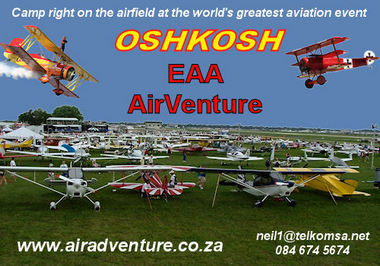
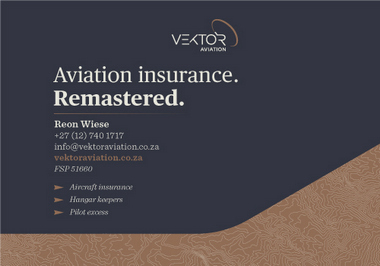






.jpg)
The first flight that we plan is just a recce to get used to the plane. We first do a series of touch and go's at Rustenburg to get the feel for landing and climb performance. We then we throw in a bit of timing. This includes finding a particular feature ahead, like a road intersection, and flying to it to see how long it takes, all while trying to maintain 75 knots. This helps to get a feel for timing from our new vantage point. With our limited time left compounded by limited time before a service is due, we make the most of the flight and hold thumbs that it isn't the only one.

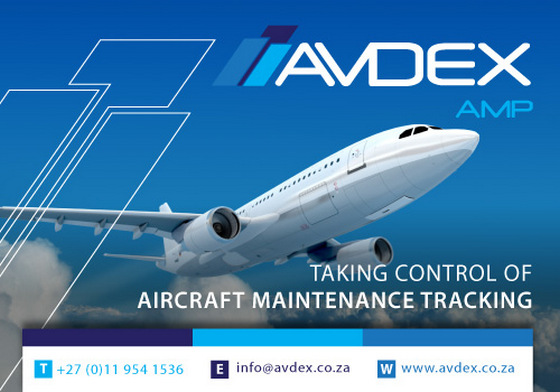
In the evenings, we practice photo spotting on Google Earth. We create mock sheets of photos that we need to find and then have to correctly mark on the map as Google Earth flies a 'route'. Not only does this help for photo spotting, but it also really gives a nice view of the landscape and the types of features that can be used for navigation. It doesn't hurt that the area looks beautiful too!
We finish our physical training with a final flight in Tygga, the C150. We have a full mock up competition planned. Iaan plots the route in the aircraft while I prepare our photos before start-up. The small procedures such as finding places to keep your pens and important bits of paper play a crucial role during a competition. If all goes smoothly on the ground, it sets the tone for the flight. If everything is helter skelter and you can't find your pen, it never bodes well for an easy day in the air.
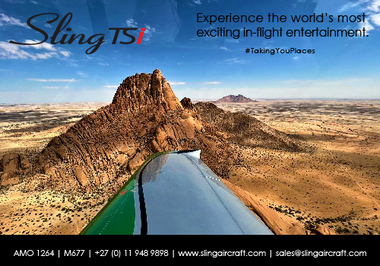
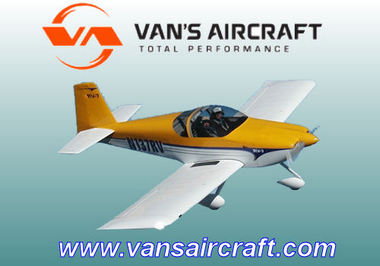
Not long after I cross the Start Point, Iaan suddenly starts to look pale. He hasn't taken a motion sickness tablet like usual and the heavy smog over Johannesburg has a noxious smell that isn't helping. I divert to Brits Airfield for a spot landing and a literal breather. Once Iaan starts to feel better, we do a shortened version of the route and fly back to Eagles Creek. While the flight didn't go according to plan, we still feel satisfied that we achieved what we set out to achieve. With one week to go before we depart for France; we hope we have done enough. There will only be four days to practice in Mâcon before the competition starts. Check in here next week to find out how the practice week in France will pan out…

SA Rally Nationals Stellenbosch 2021
Google Banner Ad

 |
 |
 Copyright © 2024 Pilot's Post PTY Ltd
The information, views and opinions by the authors contributing to Pilot’s Post are not necessarily those of the editor or other writers at Pilot’s Post.
Copyright © 2024 Pilot's Post PTY Ltd
The information, views and opinions by the authors contributing to Pilot’s Post are not necessarily those of the editor or other writers at Pilot’s Post.